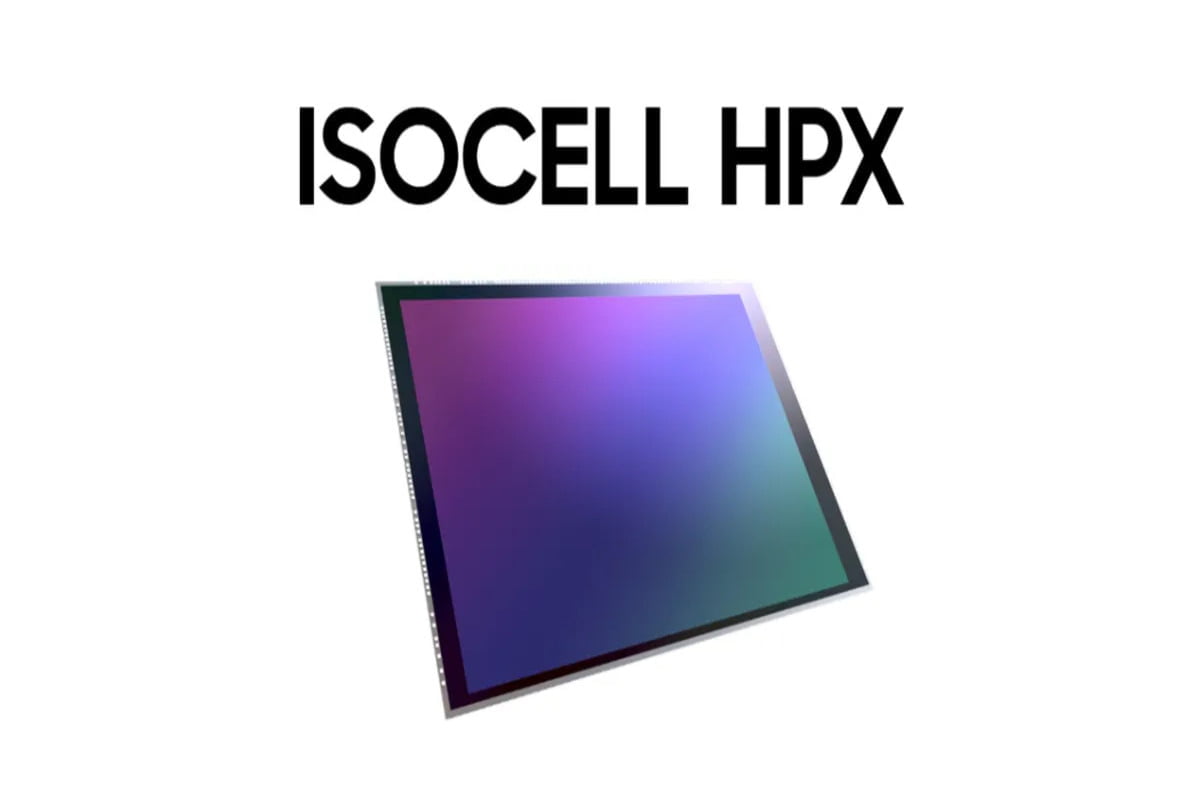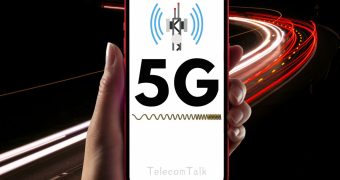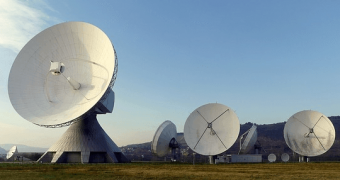
A new smartphone camera sensor has been surreptitiously disclosed by Samsung. The company just launched the Samsung 200MP ISOCELL HPX camera sensor. Following the ISOCELL HP1 and HP3 camera sensors, it is the company's third 200MP sensor. The Xiaomi 12T Pro and the Motorola Edge 30 Ultra, among other devices, both use the ISOCELL HP1, which was introduced last year. Possibly featured in the next Galaxy S23 Ultra would be Samsung's 200MP ISOCELL HPX camera sensor. Details have not been confirmed by the company. However, according to rumours, Samsung would add a new 200MP camera to its top-tier Galaxy S-series flagship smartphone the following year.
Samsung 200MP ISOCELL HPX Sensor Specifications and Features
The South Korean electronics giant Samsung has announced a new flagship camera sensor technology called the 200MP ISOCELL HPX sensor. The improved sensor's 0.56-micron pixel size results in a 20% reduction in the camera module. Samsung's Advanced Deep Trench Isolation (DTI) technology, used in the new ISOCELL HPX sensor, is said to increase sensitivity for sharp, vibrant photos and isolate each pixel separately. Tetra-pixel technology, which combines 16 pixels into one, is used in Samsung's latest smartphone camera sensor. The type of binning is anticipated to aid in obtaining better images in low light.
Tetra pixel technology turns four pixels into one to provide a 1.12-micron 50 MP output from a 0.56 micron 200 MP sensor or sixteen pixels into one to create a 12.5 MP output with 2.24-micron pixels. Additionally, the new Samsung sensor has the ability to capture 8K footage at 30 frames per second. In 4K and Full HD models, it also offers seamless dual-HDR filming. Depending on the shooting conditions, the Staggered HDR technology can catch the light at three distinct exposures. Additionally, Super QPD autofocus is used by the sensor for quicker and more accurate focusing.
The forthcoming Galaxy S23 Ultra, which is anticipated to launch in January or February 2023, can feature the same sensor. With a 108MP sensor, the company has been selling a Galaxy Note-series successor. This time, though, we might witness a significant change in the number of megapixels as well as the camera technology presented with the new sensor. No information regarding the Galaxy S23 Ultra with the new ISOCELL sensor has been officially confirmed by Samsung. The HP3 or HPX ISOCELL 200MP Samsung sensor, on the other hand, is rumoured to be a possibility for the S23 Ultra.















